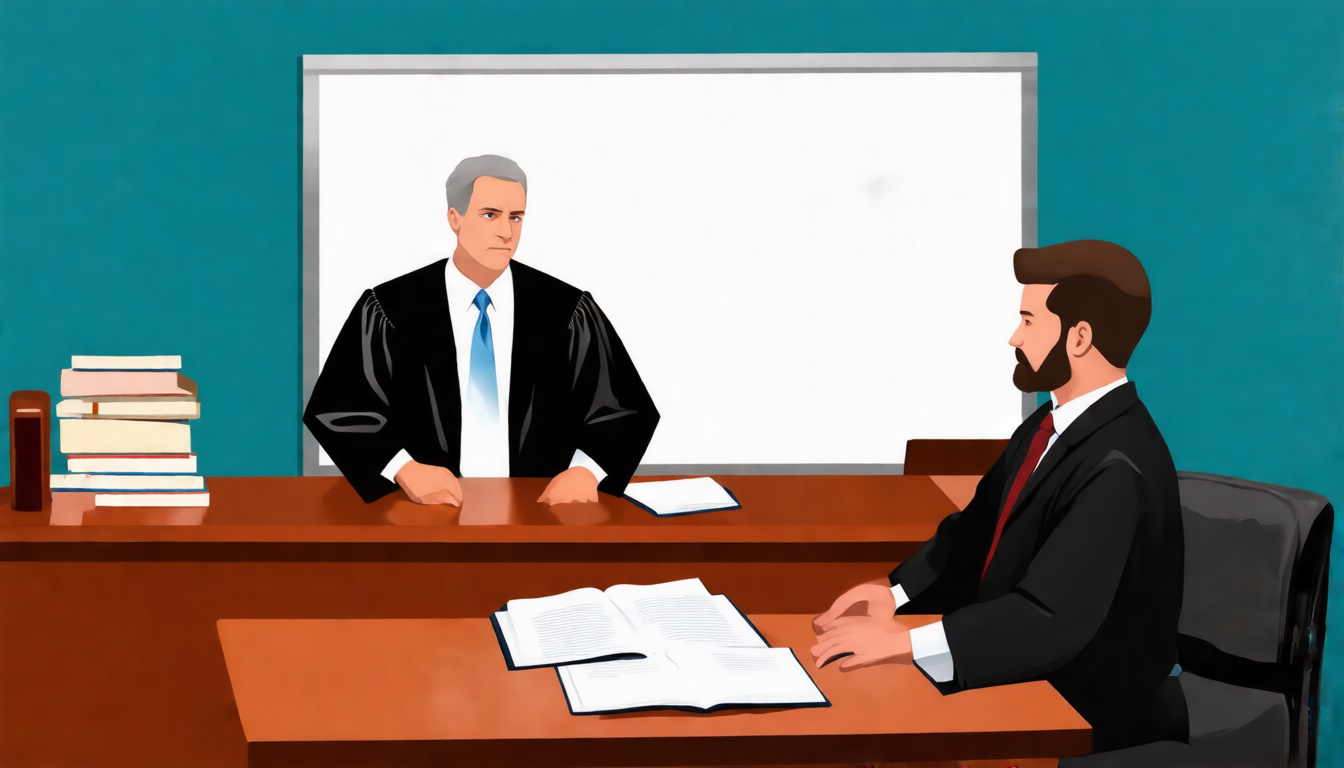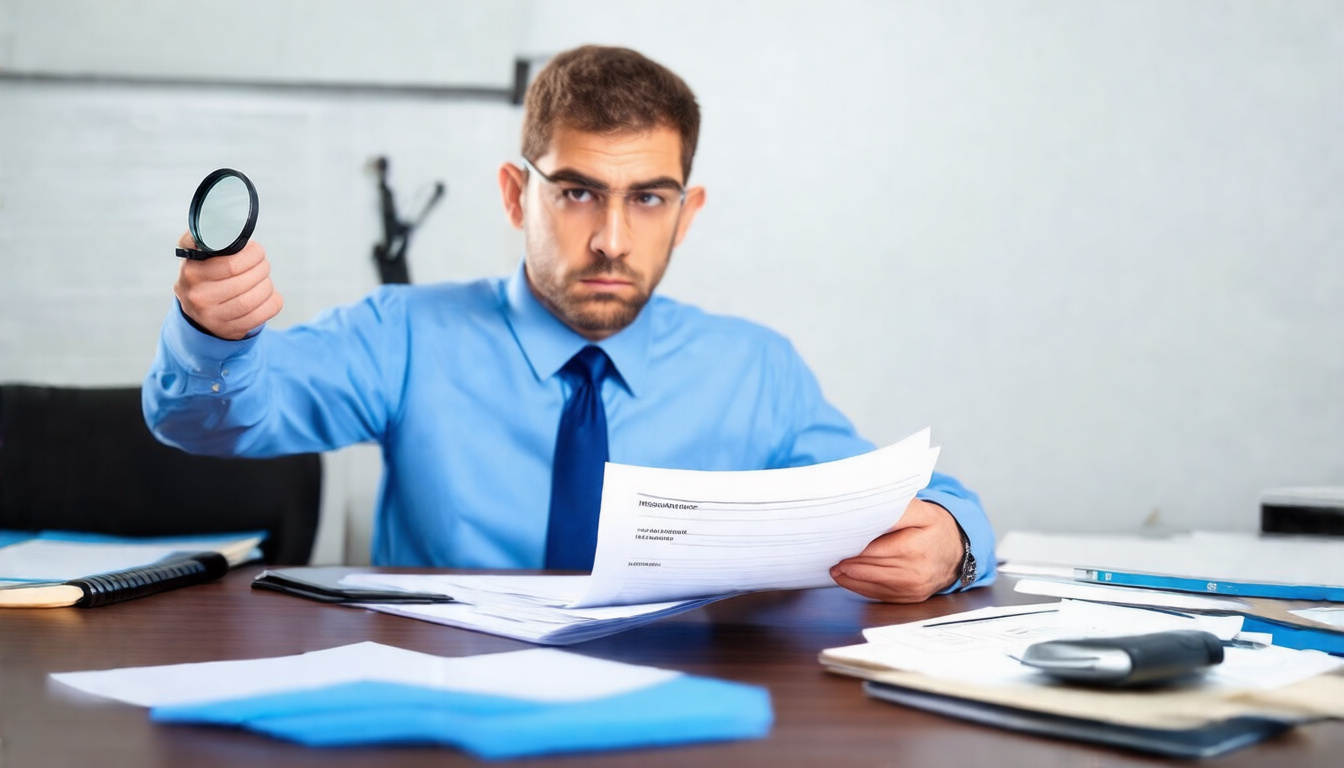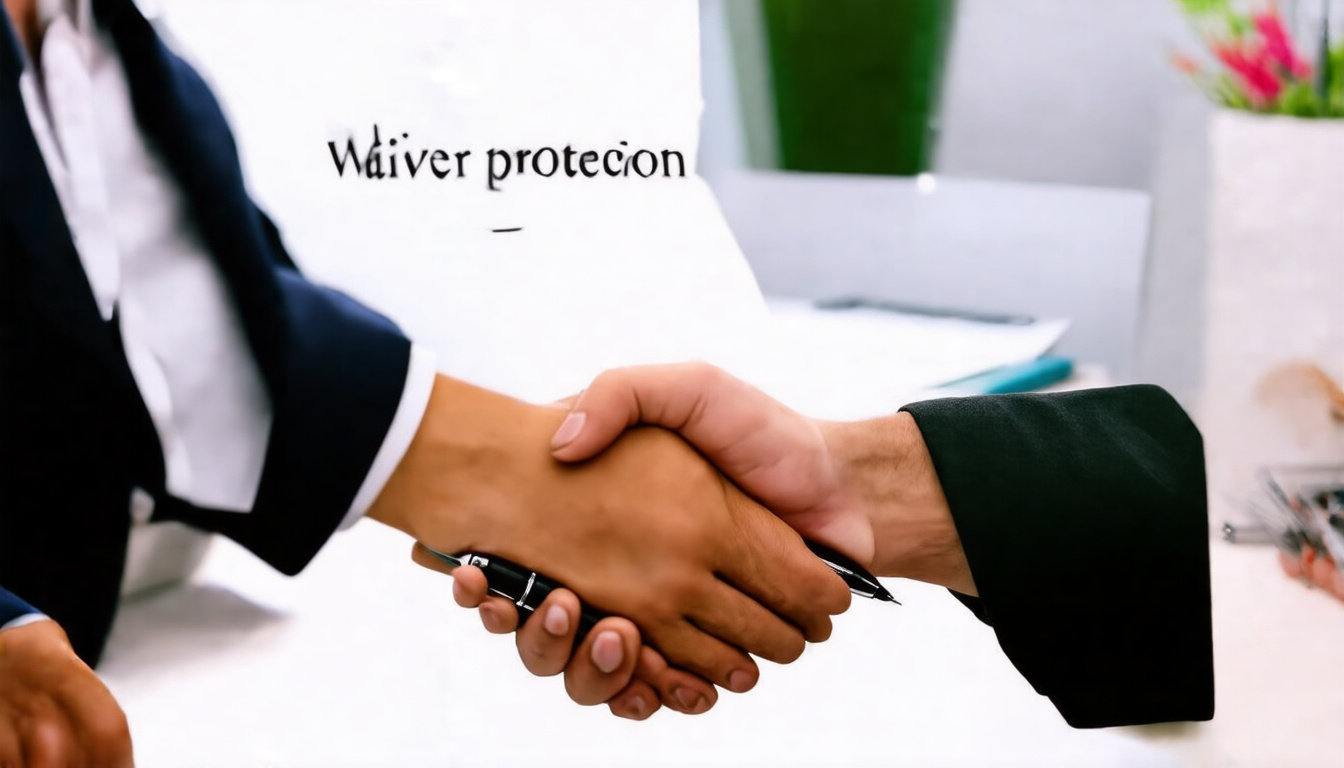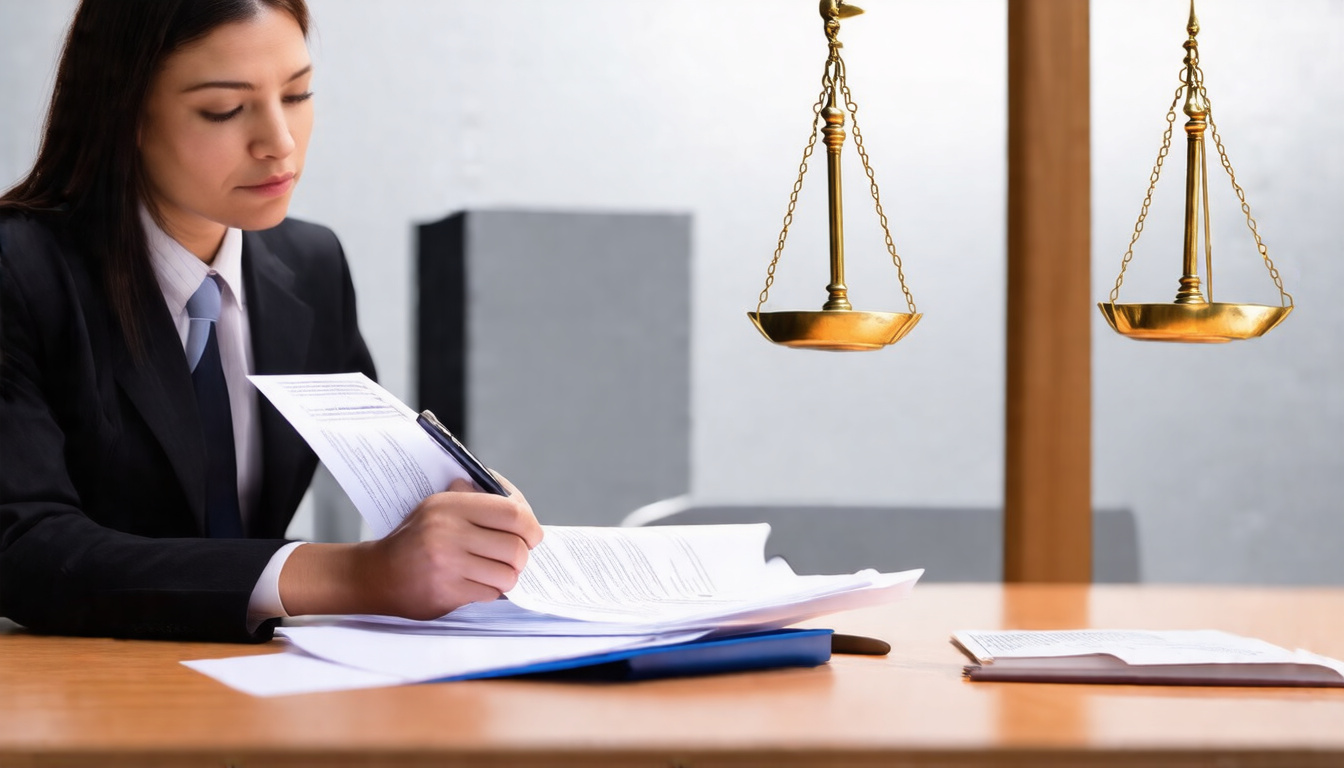In the realm of law and professional ethics, the term duty breach is very important.
A duty breach happens when a person or an entity does not fulfill a legal or ethical duty.
This failure leads to harm or damage for another party.
Knowing what causes a duty breach, its legal effects, and how to stop it is key for professionals, businesses, and individuals alike.
In this article, we explore the main points of a duty breach.
We look at legal effects that follow and offer tips to lower the risk.
Whether you are a business owner, legal expert, or someone who wishes to learn this idea, this guide gives you essential knowledge.
What is a Duty Breach?
A duty breach means not meeting a required standard of care or responsibility set by law or contract.
It can happen in contract law, tort law (including negligence), fiduciary duties, or professional ethics.
The idea is simple: a person or group did not act as a reasonable person would.
This lack of care causes harm or loss.
For example, doctors have a duty to give proper care to their patients.
When a doctor does not give this care, it is a duty breach and may lead to a malpractice claim.
Key Legal Consequences of Duty Breach
Knowing the legal effects of a duty breach shows why it is important to meet one’s duties carefully.
The main consequences are:
1. Civil Liability and Damages
A common result of a duty breach is civil liability.
The harmed party may sue to get back losses.
Sometimes, punitive damages may be given if the failure was intentional or very careless.
In negligence cases, proving a duty breach is very important.
The plaintiff must show that the defendant had a duty of care, failed in that duty, and caused damages.
2. Contract Termination and Penalties
In contract law, a duty breach means not doing what was agreed upon.
This failure lets the non-breaching party end the contract or ask for specific performance.
Penalties or damages in contracts may then lead to financial loss for the breaching party.
3. Regulatory and Disciplinary Actions
Professionals like lawyers, doctors, and accountants can face discipline if they breach duty.
Regulatory bodies may impose fines, cancel licenses, or apply other sanctions.
These actions help keep ethical standards and protect the public.
4. Reputational Damage
A duty breach can hurt a person’s or organization’s reputation.
Losing trust from clients, partners, or the public can lead to financial loss and long-term harm to relationships.
Common Examples of Duty Breach
To see how a duty breach happens, consider these examples:
- Medical Malpractice: A healthcare provider gives the wrong dose of medication and harms a patient.
- Negligent Security: A property owner does not secure a building well and a guest is attacked.
- Breach of Fiduciary Duty: A corporate officer makes choices that favor personal gain over the benefits of shareholders.
- Professional Misconduct: An attorney misses deadlines or does not properly support a client.
Stopping a duty breach starts with knowing the duty and taking proactive steps.
Use these simple tips to lower the risk:

-
Understand Your Obligations
Spend time to clearly know your duties and legal responsibilities. -
Maintain Open and Clear Communication
Talk often with clients, partners, and others.
This helps to set clear expectations and solve issues early. -
Implement Standard Operating Procedures (SOPs)
Create and use clear guidelines that help everyone act in a lawful and safe manner. -
Continuous Training and Education
Always update your knowledge about laws, regulations, and ethics with training. -
Document Everything
Keep clear records of decisions, talks, and actions.
This helps show that you met your legal and ethical duties. -
Use Legal Counsel
Ask legal experts when drafting contracts or facing disputes.
This makes sure your duties are clearly defined and followed.
Frequently Asked Questions (FAQs)
What does “duty breach” mean in legal terms?
A duty breach means failing to meet a required legal or ethical duty, which then causes harm or loss to someone else.
This idea is key in negligence, contract disputes, and professional misconduct cases.
How is a duty breach proven in court?
In court, the plaintiff must show the defendant had a duty of care.
The plaintiff then must prove that the duty was breached and that this breach caused measurable harm.
Can duty breach result in criminal charges?
A duty breach mostly leads to civil liability.
However, if gross negligence or willful misconduct causes serious harm, criminal charges may follow.
Often, regulatory sanctions and professional disciplinary actions happen in these cases.
Conclusion: Upholding Duty to Avoid Breach and Its Consequences
Fulfilling legal and ethical duties is very important to stop a duty breach and its legal impact.
Whether you run a business, work in a profession, or enter contracts, taking care of your duties protects you and those who depend on you.
By learning what a duty breach is, understanding its legal outcomes, and following these practical tips, you can lower your risks.
Always keep communication clear, continue learning, and document your actions.
If you worry about breaches or want to ensure you follow the rules, consult a qualified attorney.
Using legal advice tailored to your needs can bring peace of mind.
Protect your reputation and legal standing—take proactive steps today to meet your duties and avoid costly breaches.
For more detailed examples and legal insights, consider visiting resources such as the American Bar Association’s publications on professional responsibility and legal ethics.
Author: Doyle Weaver, Attorney at Law
Home | Estate Planning | Personal Injury | Hill Country Lawyer | Terms of Service | Privacy Policy
© 2025 Digital Law Firm, P.C.
Disclaimer: The content provided in this blog is for educational and informational purposes only. It is not intended to constitute legal advice or establish an attorney-client relationship. The information presented does not address individual circumstances and should not be relied upon as a substitute for professional legal counsel. Always consult a qualified attorney for advice regarding your specific legal situation. The author and publisher are not liable for any actions taken based on the content of this blog.


















